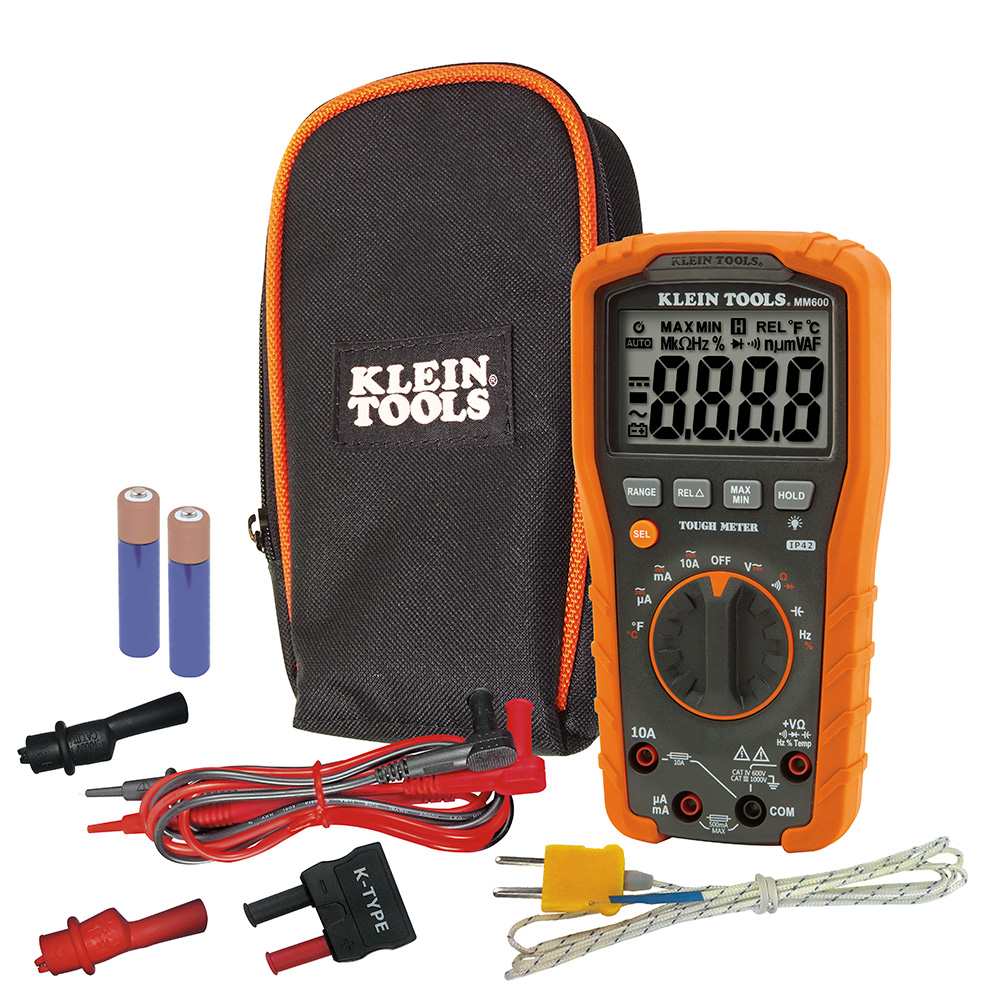kokhoor
Newbie
Hi,
I went thru this article and plan to build it: https://www.engineersgarage.com/contributions/arduino-based-voltmeter/
I will only be building the 500VAC part. However, I am planning on using NodeMCU ESP8266 or ESP32, which is only 3.3V
In this case, what should I change to the diagram? I was advised on diagram below, but I think it will then block off the higher voltages preventing full measure. Should I instead change to different resistors?

Hope someone can advise.
Thanks.
My calculation seems to indicate, if I don't add the Zener Diode, I can try:
R1 = 1000000
R2 = 6600
Because:
R1 / R2 = 151.515115
(500V / 3.3V) - 1 = 150.515115
The part I don't understand is the W required for the resistors, so I plan to stick to 0.25W
Do these numbers look correct?
Thanks.
I went thru this article and plan to build it: https://www.engineersgarage.com/contributions/arduino-based-voltmeter/
I will only be building the 500VAC part. However, I am planning on using NodeMCU ESP8266 or ESP32, which is only 3.3V
In this case, what should I change to the diagram? I was advised on diagram below, but I think it will then block off the higher voltages preventing full measure. Should I instead change to different resistors?
Hope someone can advise.
Thanks.
--- Updated ---
My calculation seems to indicate, if I don't add the Zener Diode, I can try:
R1 = 1000000
R2 = 6600
Because:
R1 / R2 = 151.515115
(500V / 3.3V) - 1 = 150.515115
The part I don't understand is the W required for the resistors, so I plan to stick to 0.25W
Do these numbers look correct?
Thanks.
Last edited:

